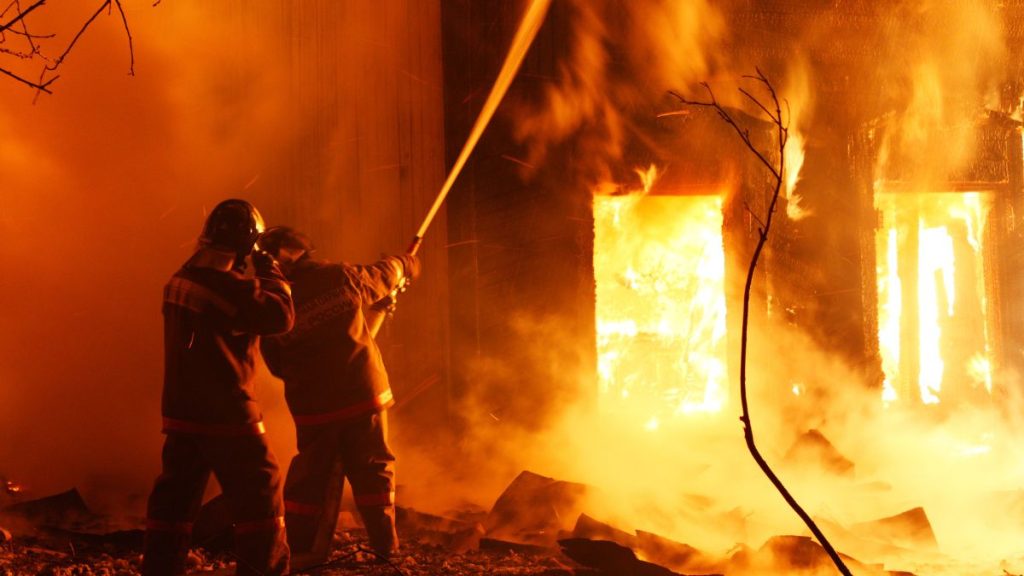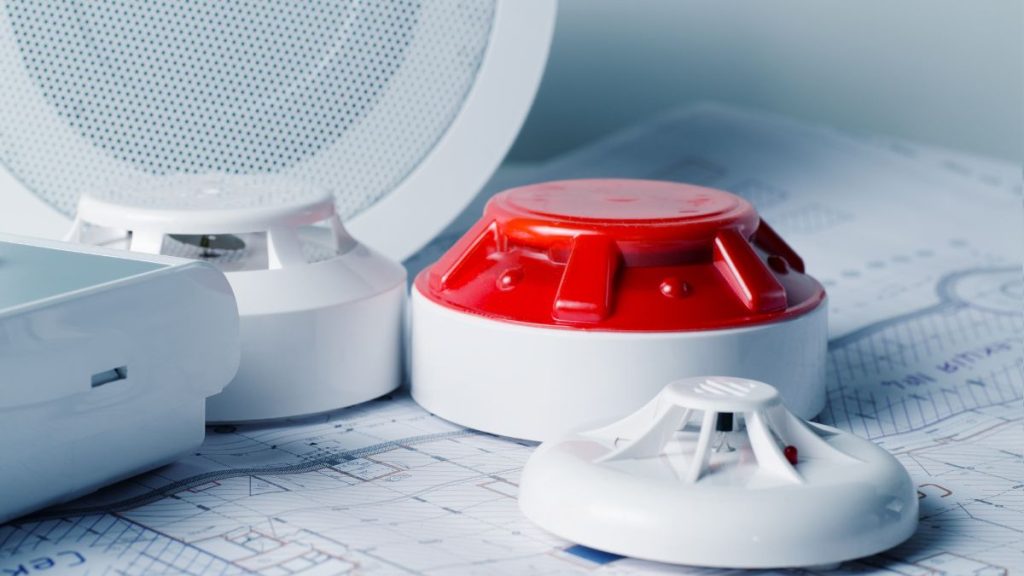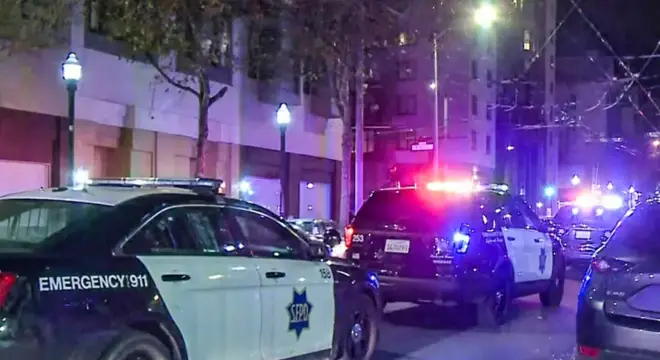Peru Home Hit by Blaze, Garage Destroyed in Early-Morning Fire
I’ll never forget the moment I read about the fire on Ridge Road in Peru early Tuesday morning. Imagine waking up to the flashing lights of fire trucks outside your home—or worse, hearing that your neighbor’s garage is fully engulfed in flames.
That’s exactly what happened around 2:58 a.m., when the Peru Fire Department was alerted by concerned neighbors. By the time crews arrived, the garage was already fully involved, and flames were creeping into the house.
The relief is real: the homeowner made it out safely, and thankfully, no injuries were reported. Firefighters from Peru, along with teams from Mexico, Rumford, Canton, Dixfield, and Jay, worked together to knock down the blaze before it could spread further.
But even with the fire contained, the damage to the garage—and parts of the home—is significant, leaving the family and community shaken.
It’s moments like these that remind me how quickly life can change in a blink, and why fire safety isn’t something we can ever take for granted.
How the Fire Unfolded on Ridge Road?

I still keep thinking about how quickly things escalated early Tuesday morning on Ridge Road in Peru. According to News Center Maine, the Peru Fire Department got the first call at 2:58 a.m., when neighbors spotted smoke rising from 159 Ridge Road. By the time crews arrived, the garage was fully engulfed, and flames were already creeping into the home.
What struck me was how fast a routine morning can turn into a nightmare. In just minutes, a garage fire transformed into a threat to the entire house. This isn’t just news—it’s a wake-up call for all of us to think about preparedness before disaster strikes.
The response was immediate and coordinated. Crews from Mexico, Rumford, Canton, Dixfield, and Jay joined Peru firefighters, bringing extra manpower and tankers. Watching multiple teams work seamlessly to contain the fire shows how critical planning, training, and quick communication are during emergencies.
For you, this is a reminder: your home’s safety plan isn’t just a formality. Fires move fast, and every second counts. Smoke alarms, clear exits, and knowing how to reach help can literally save lives.
Homeowner Safety & Community Response
The biggest relief in all of this? The homeowner made it out safely. No injuries were reported, and that’s the part I keep coming back to. When I think about it, escaping unharmed from a fire that was spreading into the house is nothing short of miraculous.
The community response was immediate as well. Neighbors checked in, offered shelter or assistance, and shared updates on social media. Reading some of these posts, you can feel the mixture of shock, concern, and solidarity that happens when something like this strikes close to home.
For me, it’s a reminder that while homes can be rebuilt, the support of your neighbors and community is priceless. For you, it’s a cue to stay aware of your surroundings, look out for your neighbors, and maybe even review your own emergency preparedness tonight.
How Crews Contained the Blaze?
Firefighting is never as simple as it looks. According to the Maine Fire Department, the crews had to act fast to prevent the fire from spreading further into the home. They deployed tankers strategically, coordinated between multiple towns, and focused on containing the blaze while protecting both the house and surrounding structures.
On Facebook, Maine Fire Department shared photos and updates as the fire unfolded. Seeing the teamwork in action and the community following along gave a real sense of urgency and realism. You can almost feel the heat and tension just reading through those posts.
For anyone reading this, it’s a reminder of how vital professional training and resources are. Trying to tackle a fire yourself is dangerous. The best thing you can do is call for help immediately and focus on safe evacuation.
What We Know About the Fire’s Cause?
At this point, the official cause of the fire hasn’t been released. That’s typical; investigations take time, and officials need to ensure accuracy before sharing details.
Still, it’s worth thinking about common risks. Garage fires often start from electrical faults, appliance malfunctions, or even human error. When I look at this situation, I imagine how quickly an unattended tool, overloaded outlet, or flammable material could trigger a disaster.
For you, this is not just speculation—it’s a practical lesson. Taking small precautions can prevent what could otherwise be a devastating fire. Check your wiring, store chemicals safely, and never leave machines running unattended.
How to Protect Your Home From Garage Fires?

This incident is a clear wake-up call. Garages are more than storage spaces—they’re high-risk areas because of vehicles, electrical equipment, and flammable materials. Fires can start silently and spread before you even notice smoke.
Here’s what I’d recommend, and what you can do immediately:
- Install smoke detectors in your garage and test them monthly. It’s easy to forget, but smoke can spread fast.
- Keep a fire extinguisher nearby and make sure everyone in the household knows how to use it.
- Store flammable materials safely, away from heat sources. Gasoline, paints, and solvents are particularly risky.
- Check electrical outlets and equipment for signs of wear or overloading. Small sparks can escalate quickly.
Taking these steps may seem simple, but I’ve seen how effective they can be. The peace of mind knowing that you’re prepared is worth it. And if nothing else, it gives you a chance to react calmly instead of panicking if something ever happens.
Understanding Garage and Home Fire Risks
I often find that readers underestimate just how common fires like this are. According to the National Fire Protection Association (NFPA), garages are among the most common spots for home fires, especially because they contain vehicles, electrical equipment, and flammable liquids.
Data shows that many fires happen at night or early morning, just like this one, when detection is delayed. That’s why smoke detectors, early warning systems, and quick access to extinguishers are non-negotiable.
For you, understanding these risks turns awareness into action. Fireproofing your garage, maintaining equipment, and keeping an escape plan ready isn’t paranoia—it’s practical preparation.
Recovery and Support for Homeowners
Once the flames are out, the real challenge begins: recovery. The homeowners on Ridge Road will likely be dealing with insurance claims, safety inspections, and assessing what can be salvaged. That’s a lot to handle, and it can feel overwhelming.
Community and local support can make a huge difference. From temporary housing assistance to disaster relief programs, help is available—but you have to know where to look. I always suggest documenting damage thoroughly, keeping receipts, and contacting your insurance provider promptly.
For you, this is a gentle reminder: fires don’t just destroy property—they shake your sense of security. Being prepared in advance, having insurance, and knowing local resources can turn a disaster into a manageable situation.
Staying Prepared and Fire-Safe
Reading about this fire, one thing is clear: fire safety is personal, actionable, and ongoing. Check your smoke detectors, know your exits, and keep fire extinguishers handy. If you have a garage, think of it as a high-risk zone—inspect wiring, safely store flammables, and never leave running equipment unattended.
I’d also encourage you to talk to your family about what to do in an emergency. Even a short discussion can save precious seconds if something happens.
Finally, I want to ask you: have you checked your own garage or home for potential fire hazards lately? It only takes a few minutes, but that small effort could save lives and property.
Disclaimer: The information in this article is based on publicly available sources and official statements at the time of reporting. It is intended for general informational purposes only and should not replace professional advice or guidance in emergency situations.


